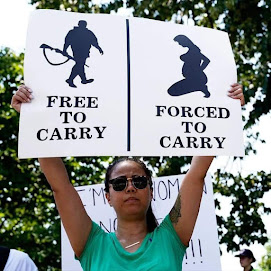Uber venture prepares for flying taxi tests by 2020
Ride-hailing group teams up with aircraft makers to get dream off the ground
Uber, the ride-hailing service, says it will demonstrate flying vehicles by 2020 in Dubai and the Dallas-Fort Worth area, with full-scale operations by 2023. It is forming partnerships with aircraft companies including Embraer to make its vision a reality.
Uber’s unveiling of the programme in Dallas on Tuesday represents a welcome distraction for the $62.5bn transportation company, where management problems have resulted in the departure of several senior executives.
Unlike its self-driving car initiative, where Uber has spent hundreds of millions of dollars to develop technology in-house, Uber will work closely with partners to develop flying cars.
The aircraft, known as vertical take-off and landing vehicles, will be all-electric and will not require a runway. Unlike a helicopter, these vehicles will have multiple small rotors and fixed wings, which makes them quieter and more efficient.
Uber’s service will face competition from existing helicopter taxi services such as Blade, an app-based aviation company, which are more expensive than what the new venture is planning but have the benefit of an established record.
Although human pilots will initially fly the vehicles Uber envisages, Mr Holden said the aircraft will eventually be autonomous, which will help lower the cost to be on par with an UberX trip.
Among Uber’s partners are Brazil’s Embraer, the world’s third-largest commercial jet maker; Aurora Flight Sciences, a Virginia-based drone maker; and Pipistrel, a Slovenian light aircraft company. Other partners include Mooney, a Texas-based light aircraft maker, and Bell Helicopter, which manufactures military aircraft including the Osprey VTOL.
Uber first hinted at its flying car ambitions in a policy white paper in October that described Uber Elevate, a system of battery-powered vehicles with a range of up to 100 miles that can carry multiple passengers.
In February, Uber hired Mark Moore, a Nasa veteran, to lead the programme. Although it has clashed frequently with regulators over its terrestrial programmes, the company appears to have secured approval for the initial tests in Dubai and Dallas-Fort Worth.
Construction on four landing pads, or “vertiports”, will begin in the Dallas Fort Worth area within the next year.
Developing this system will require working closely with real estate companies and aircraft manufacturers. Uber said its role would be to act as the “glue” and supply the passengers for a flying taxi network.
The Dubai Road and Transportation Network is funding a study about flying car demand in the region, and Uber’s demonstration there will be timed to coincide with the World Expo in 2020.
Flying cars have been a Silicon Valley dream for decades and the past year has seen a flurry of new investment. Competitors include Kitty Hawk, backed by Larry Page, Google’s co-founder, which revealed its prototype for a flying personal vehicle this week.
Mr Holden said that he believe flying vehicles would be cheaper than the cost of car ownership in the long term. “This is why we are so bullish, this is why Uber is running at this, as opposed to taking a slower approach,” he said. “We know this is going to happen and we just want to usher it in as soon as possible.”



































No comments:
Post a Comment